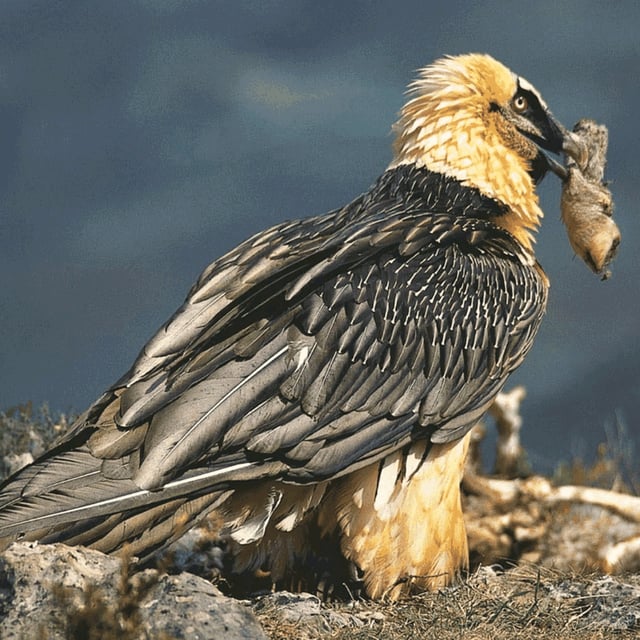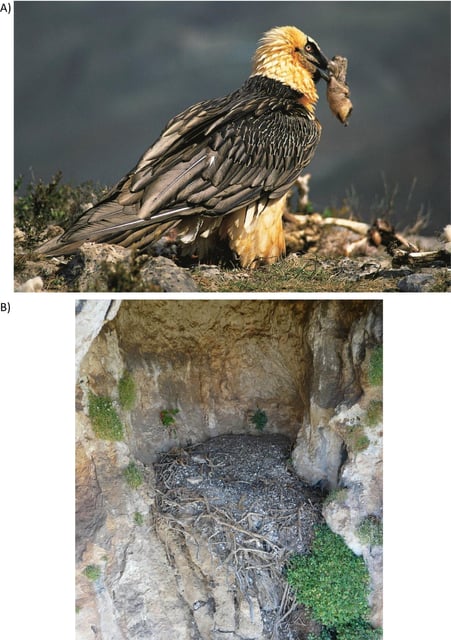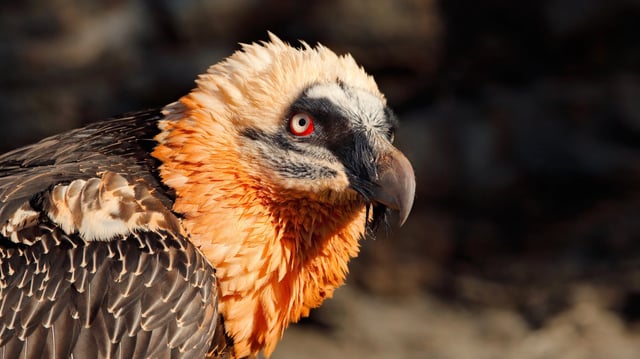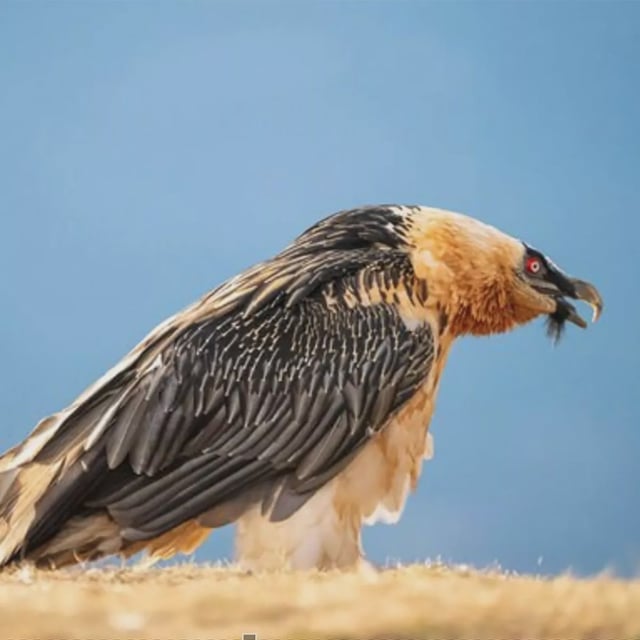Overview
- A new Ecology paper details multi-century assemblages from 12 historical nests in southern Spain that were excavated layer by layer between 2008 and 2014.
- Researchers catalogued 2,483 remains, including 226 human-made items, 2,117 bones, 86 hooves, 72 leather fragments, 11 hair remains, and 43 eggshells.
- Radiocarbon dating places the human-made objects at roughly 150 to 675 years old, with notable finds such as a complete esparto-grass sandal, decorated sheep leather, a crossbow bolt with a wooden lance, a slingshot, and basket fragments.
- Dry, protected cliff-cave microclimates helped preserve materials for centuries, effectively turning long-reused nests into natural museums.
- The authors propose toxicological tests on eggshells and analyses of faunal remains to track contaminants and diet shifts that could inform reintroduction planning where the species vanished 70 to 130 years ago.



